Reaching out to anyone is easier than ever. The web gives you access to all the amazing tools you need to form lasting relationships with people via email.
However, marketers and spammers have abused the golden opportunity the web offers us. Every day, I receive tons of emails from individuals and organizations who know nothing about me and want to sell me things.
They lie and expect me to respond to their messages.
I simply hit “Delete,” and feel no remorse for it.
Recently, Tim Soulo of Ahrefs shared this email he received:
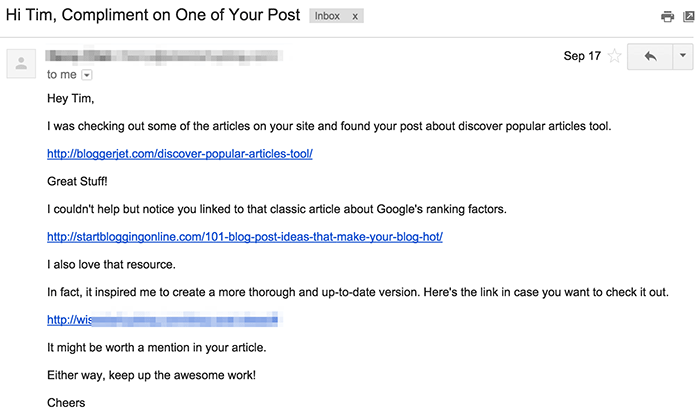
Even if the sender was telling the truth, the recipient (Tim) had a feeling that the claims were lies.
There are some things you shouldn’t say and do when sending emails even when you have good intentions.
Let’s assume that you know nothing about email outreach, and want to create the best messages that get anyone’s attention.
How do you do that while making the recipients believe that you truly know them and serious about connecting with them?
There are some email outreach mistakes you must avoid if you want more people to respond to your messages and act on them.
1. People know when you’re lying
It doesn’t take too long for anyone to detect liars in their emails.
According to psychologist Gerald Jellison of the University of Southern California, we are lied to about 200 times a day.
All those lies don’t come from our emails, of course.
But no one can argue that email isn’t the best place for people to lie, especially strangers.
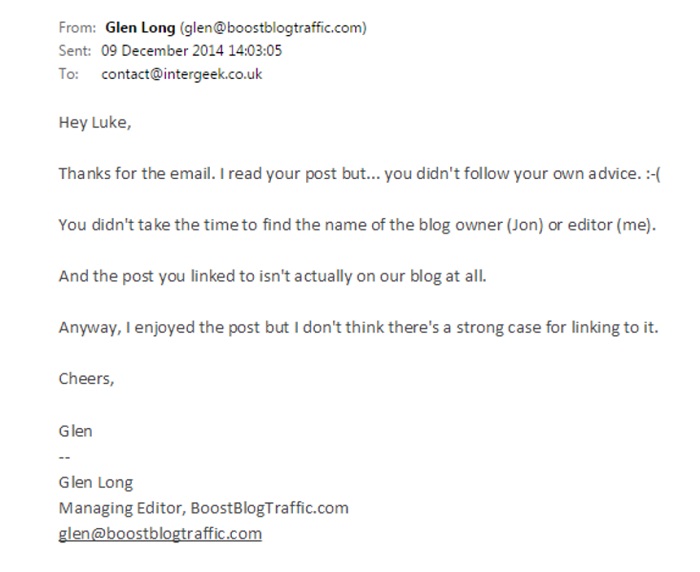
Web users regard people who truly know them. That is why 41% of consumers buy more from retailers who send them personalized emails.
I’m not talking about e-commerce here. We are discussing email outreach. But the same rules apply.
Give people the sense that you truly know them and your emails will have higher response rates.
Personalize your emails. Dig deeper to find any relevant and useful information that will make the recipient feel you did your homework.
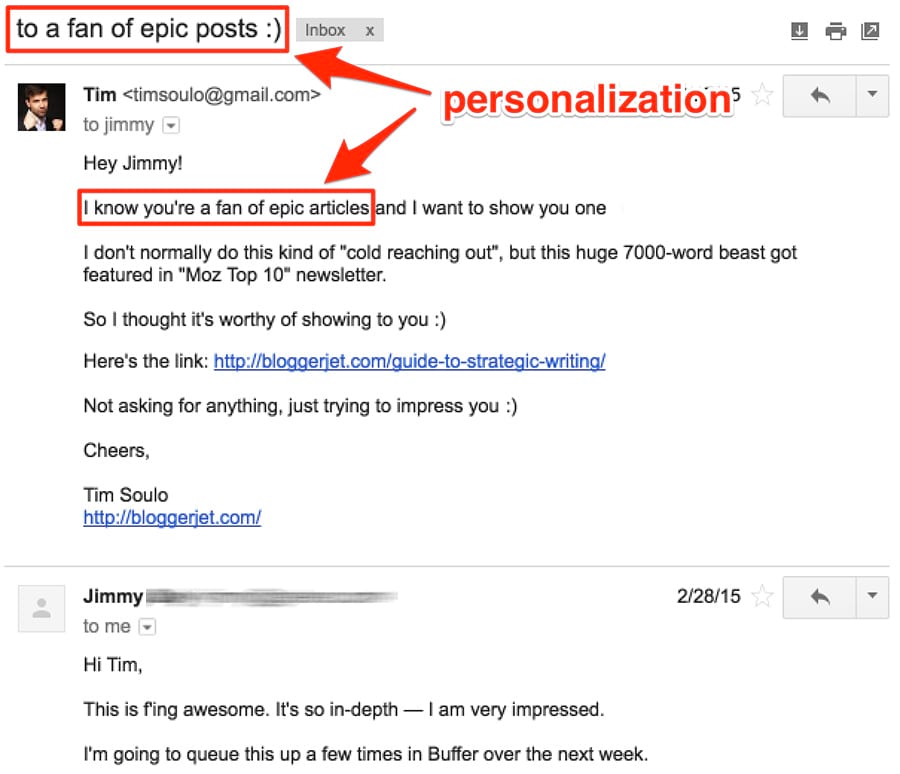
Unfortunately, this part of the email outreach can’t be automated.
Making people feel you truly know them increases your chance of getting them to act.
2. People can tell when you’re asking too much
Everyone in the world is super busy. I’m talking about people who work and are great at what they do.
If you’re writing long emails, the chance of them getting read is near zero.
Getting someone to open your email and read it means they are giving you their valuable time.
Even if they don’t respond, you’ve scored a win by getting them to read it.
I know you don’t only want people to read your outreach emails. You also want them to reply and act on your messages.
To achieve that, you need to stop writing long emails.
The reason why most people write long emails is to appear interesting.
If your email is interesting but long, people may save it for later reading because they don’t want to miss the interesting part.
But here’s the harsh truth:
They’ll never open your long, interesting emails again because they are too busy with other important issues.
How many times have you seen an interesting article, video or email, saved it and went back to it?
We rarely go back to our saved interesting emails. Instead, we continue to add more interesting content to our already filled interesting list.
Most people’s jobs are not reading and responding to emails. They have a lot more to do.
So, writing long emails is like asking too much.
Asking too much is not limited to long emails alone.
You could be asking too much by requesting for something your email recipient can’t give.
For example, requesting them to review your book.
You can also be asking too much by making more than one request at a time.
For example, asking the recipient to share your content on LinkedIn, Twitter, and Facebook.
You should only ask for one thing at a time.
Research what the recipient might be interested in and give it to them. Don’t make them do a lot of work.
For example, if you want to secure a guest post on a recipient’s blog, try providing content ideas they might be interested in publishing on their blog.
Don’t ask them to provide you with ideas. Do the work and make decision-making so easy for them.
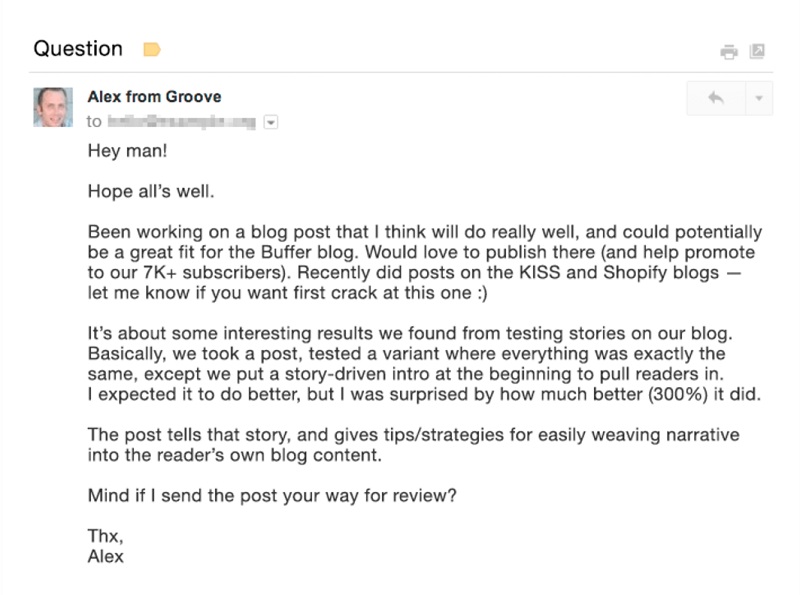
Emails like the above make people act real quick.
3. People know when there’s nothing special about you
There should be something special about you that will drive people to respond to your emails.
The influencers in your industry receive hundreds of emails each day. There should be something unique and interesting that separates you from other individuals who want attention from these influencers.
Recipients can quickly search for information about you on Google and social sites. That’s how they know if you’re a real person and who you say you are.
I always recommend that individuals build a brand for themselves.
Be active on at least one major social platform where you connect and engage with people in your industry.
I’ve received amazing emails from some people, only to realize that they don’t exist anywhere else.
Connect with people on social media. Build a name for yourself.
You don’t have to become an influencer for people to take you seriously. At least, you should have a few things to tout as your achievements. It tells people how motivated you are and it makes them want to connect with you.
It could be anything.
Maybe you’ve published 30 articles on LinkedIn.
Or, you’ve accrued 10,000 views on Quora.
Or, you have an active personal blog that ranks well on Google.
Or, you’ve acquired an incredible amount of different skills.
No matter how little your achievement may seem, it sends a signal of seriousness and realness to your recipients.
For example, imagine receiving an outreach message from someone like Angelos Chalaris.
Angelos Chalaris is not a popular name in the web development niche, but he has published a few articles on Medium, and his profile shows he’s on to something great.
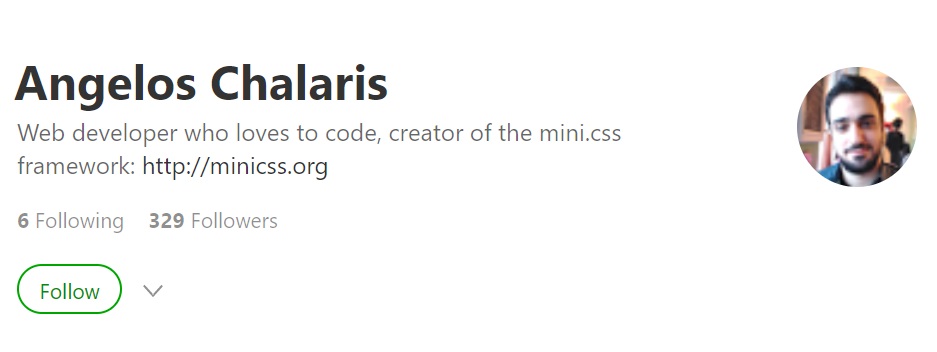
You are likely to take him more seriously if he lands in your inbox than a random guy who’s nowhere to be found online except in your email.
Build a name for yourself online and do amazing things that will make people want to respond to your outreach emails.
4. People can quickly spot typos
Writing a dress when you mean address means you’ve lost the attention of the recipient.
Typos hurt your credibility. They make you look stupid and unprofessional.
You must avoid typos at all costs.
Typos are unforgivable when you’re trying to win people’s attention, turn them into customers or get business referrals from them.
For example, writing the Untied States when you mean the United States:
The Untied States spread the Occupy Wall Street movement to the globe.
Businesses lose millions each year as a result of typos.
One typo could make a recipient question your intention and perceive you as being unqualified.
Before hitting “Send” on an email, proofread and pay attention to each word, sentence, and paragraph.
There are a lot of tools out there to help you proofread your emails.
I am a big fan of Grammarly.
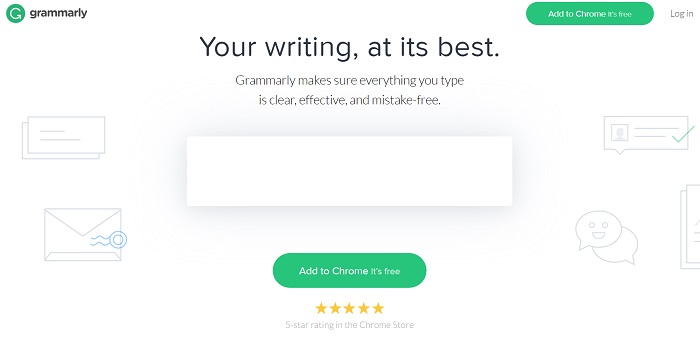
They offer free plugins for Chrome, Firefox, and Safari. Install their plugin in your web browser of choice.
If you want the best service, I recommend you pay for the premium option which costs $139.95 if you pay annually.
It’s easy to miss typos when you’re tired or in a hurry.
Using a grammar checker like Grammarly will prevent you from making inexcusable mistakes in your outreach emails.
5. People know when you’re using a template
The web is full of outreach templates for various purposes (e.g., link building, guest posting, influencer marketing, and PR).
For example, the Yesware team shared an email outreach template that worked for them.
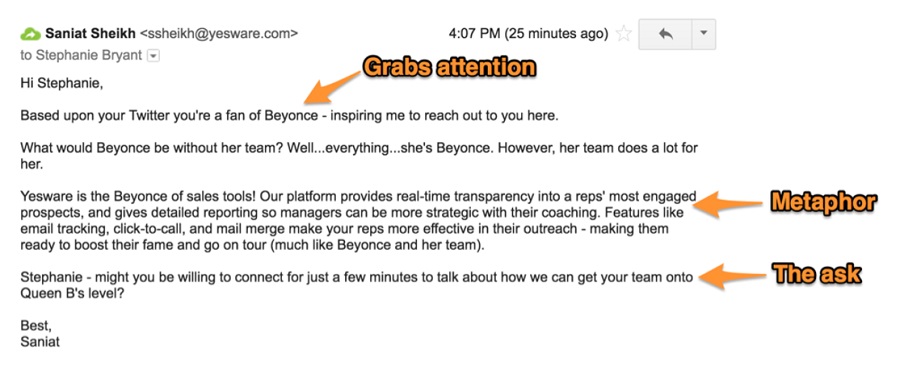
Here’s how the real template looks like:
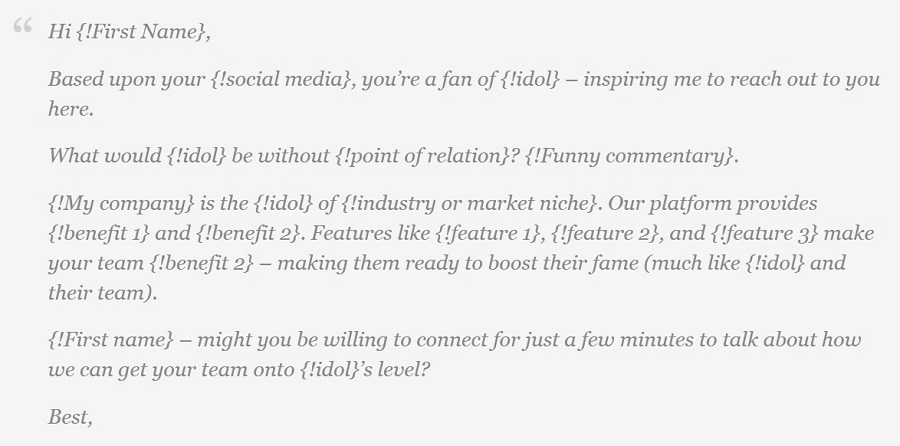
By using the above email template, you’ll be messaging everyone using their favorite artists or celebrities as a way of starting conversations with them.
Imagine everyone doing this. Templates tend to lose value over time as people continue to use them.
It’s not hard to tell that it was a templated email message. Any smart person who receives lots of emails each day (as most of your recipients do), would know that it’s not natural.
There are other things that could be of interest to someone more than their favorite artists.
You both could have some other things in common. You can start your message with one of those.
6. People know when it’s all about you
Most individuals and companies are their own worst enemies in people’s emails because they tend to focus too much on themselves.
To get something meaningful out of your email outreach campaign, you should think of the recipients first.
What are the benefits they get from acting based on your outreach emails?
Every other thing comes second.
Keep the benefits simple.
People care about themselves. Not you. And if you’re going to boast about your achievements, their inbox isn’t the best place to do that.
No matter how small your request may be, emphasize the benefits recipients will get.
You should introduce yourself, of course. But don’t make the conversation about you.
What are the other outreach email mistakes you see people make?
Tell me in the comments.
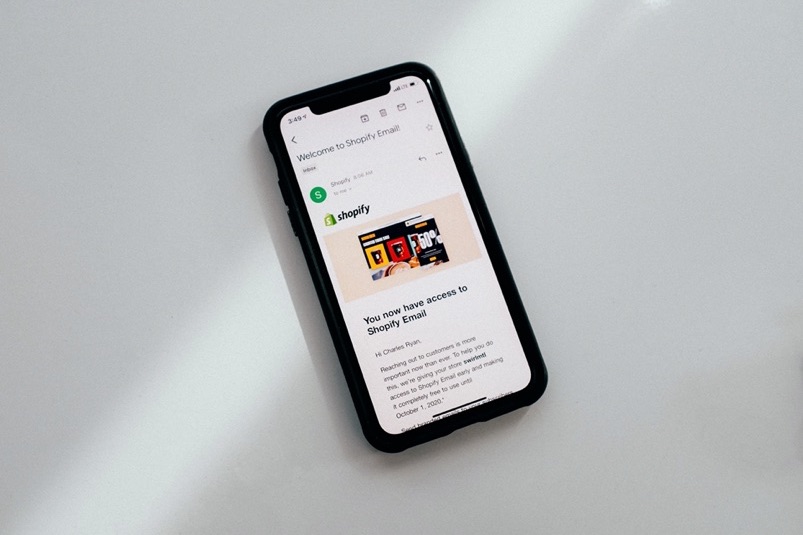
Hello,
Thank you so much for the useful recommendations.
Google ranking is important for every website, We are still working on increasing google ranking. This article will surely help us to improve our rank.
Regards,
Tejashree